I said in my last blog post that I had concluded my examination of …c4 in Trompovsky / Torre / London system structures but… I lied 😉 During a sleepless night, I got thinking about the main engine line after Mariotti’s 7.Bd3 (as you do) and decided to try and understand better what was going on!
The main line goes 1.d4 Nf6 2.Bg5 d5 3.Nd2 Nbd7 4.Ngf3 h6 5.Bh4 e6 6.e3 c5 7.Bd3
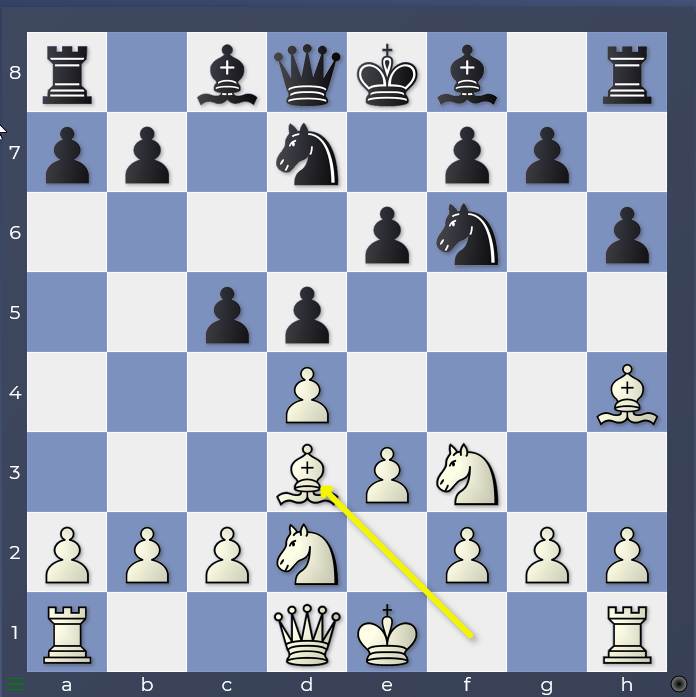
(so far Mariotti-Beliavsky Leningrad 1977) and now the engine best line is 7…c4 8.Be2 b5
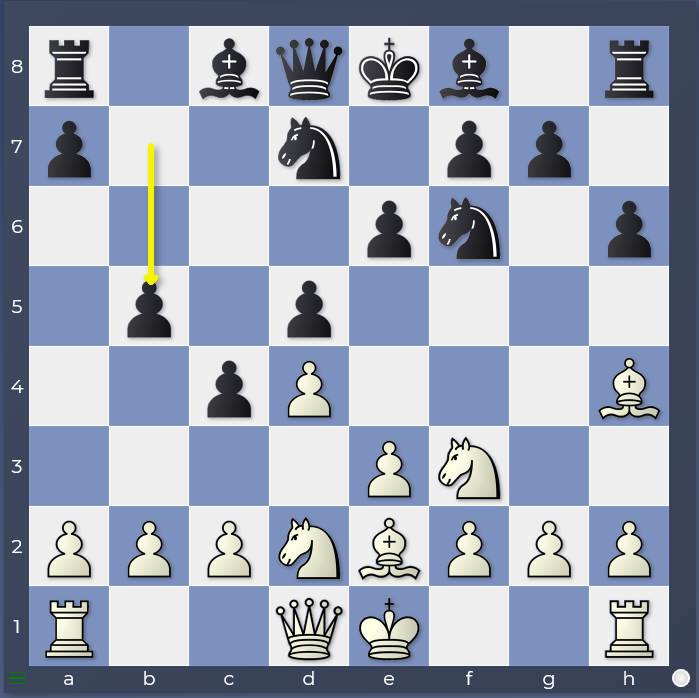
7…c4 followed by 8…b5 is the first choice of all the engines, both Stockfish and Leela (as well as Torch). Compared to the line we looked at in previous posts – 7…Be7 8.c3 0-0 9.0-0 c4 10.Bc2 b5 – White’s light-squared bishop has been forced back to the less threatening e2-square (White has essentially placed his bishop on e2 with a loss of tempo Bd3-e2) while Black is free to develop his own pieces more aggressively. For example, the dark-squared bishop can be placed on d6 rather than e7. The line we looked at in previous posts was considered completely balanced, so surely this improved version should see Black even fighting for the advantage?
Well that’s the odd thing! As we shall see, these lines don’t seem necessarily much more promising than the lines we looked at previously. There seem to be just as many false paths for Black and the main engine line is not without scares for Black! Here it is (without comments for now)
9. Ne5 Bd6 10. f4 a5 11. e4 g5

12. Bg3 Nxe4 13. Nxe4 dxe4 14. Bh5 O-O 15. Nxf7 Rxf7 16. Bxf7+ Kxf7 17. O-O Ke7 18. Qh5
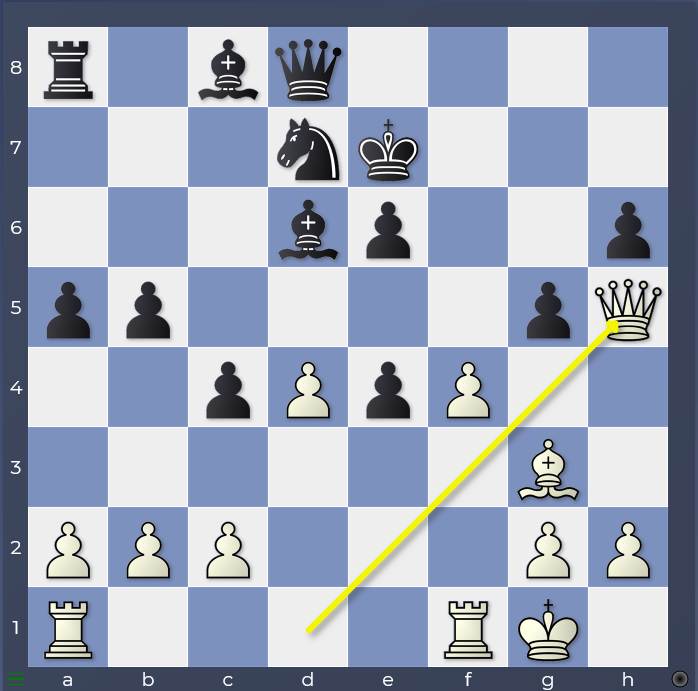
18…Bb7 19. fxg5 Bxg3 20. hxg3 hxg5 21. Qxg5+ Kd6 22. Qf4+ Ke7 23. Qf7+ Kd6

It makes obvious chess sense to follow the engine’s first choice but part of me resists! I’m not sure whether this line feels right… It’s at moments like this that I feel the divide between my strength and the engines’. The engines can play anything, my risk is not their risk, my search for simple and clear logic in chess is not their search!
The fundamental challenge is that the evaluation differences between opening lines at this early stage are extremely narrow – and the differences are too subtle (and too deep into the variation trees) for me to be able to have an objective opinion about that. So how do I make a good choice? I don’t want to be a coward and run away from a challenge all the time, but I also need to be convinced about what I am doing.
As always, it boils down to the 2 fundamental questions from my all-time favourite science-fiction series Babylon 5: “Who are you?” and “What do you want?”
In chess terms: “What sort of a player am I?”, “Do I have the skills to play this position in the right way?”
and
“What type of game do I want?”, “What sort of result do I need?”
Of course, those 2 questions are often not in harmony. You might really want a very complicated position, even if it’s not your natural game because it suits your opponent even less! Desire beats being!
Or alternatively, you might not have any special requirements and be able simply to play your natural game: being trumps want!
As a little digression, this game of mine from the 1996 Olympiad suddenly popped into my head while thinking about this.
Hoi-Sadler Yerevan Olympiad 1996
1. d4 d5 2. Nf3 Nf6 3. c4 dxc4 4. e3 e6 5. Bxc4 c5 6. O-O a6 7. Nc3 b5 8. Bb3 Bb7 9. Qe2 Nbd7 10. Rd1 Qb6
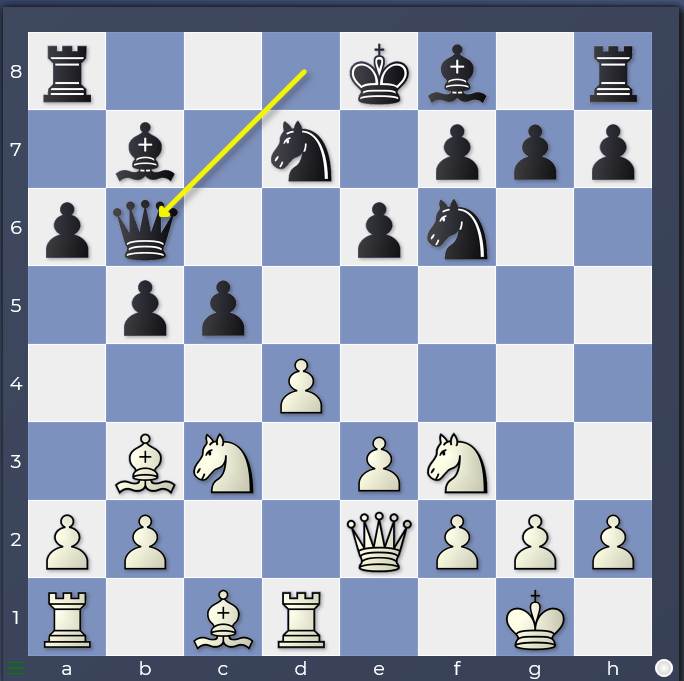
Fresh to the English Olympiad team, and after a not particularly convincing win as Black in the first round against Indonesia, I wanted to establish myself as a worthy team member. Despite being Black again, I was aggressively inclined and the fact I was playing a dangerous attacking player made little difference to me! In this position, White played the unusual
11. a4
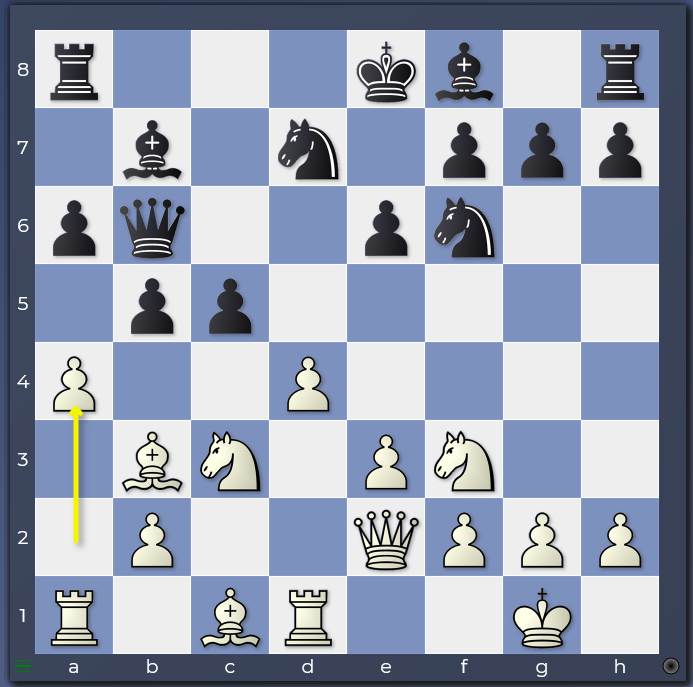
The idea of this move is to meet 11… b4 with 12. a5 Qc7 13. Na4 when Qxa5 14. Nxc5 Qxa1 15. Nxb7 is an interesting sacrifice: Black is up material but the black queen is somewhat stuck on a1.
I could also avoid 13…Qxa5 and play something quieter but none of this fitted what I wanted which was to make my opponent fear me! For that reason I came up with.
11…c4

Best move according to the engine! You can imagine however that in 1996, in this tense situation for me and with all the warnings in my head from the books I had read about only amateurs releasing the central tension, this took some measure of self-belief to play! But I wanted to push my opponent around and I wanted to dictate the play and this actually turned out perfectly. We both made a few blunders along the way, but the result was perfect!
12. Bc2 b4 13. a5 Qc7 14. Na4 Rc8 15. e4 b3 16. Bb1 Qxa5 17. e5 Nd5 18. Ng5 Bb4 19. Qf3 Rf8 20. Qh5 Kd8 21. Nxf7+ Kc7 22. Nd6 Bxd6 23. exd6+ Kb8 24. Nc5 Qxa1 25. Nxd7+ Ka7 26. Nxf8 Rxf8 27. Be4 c3 28. bxc3 b2 29. Bd2 Nf4 30. Qg4 Bxe4 0-1
Hope that helps! Back to our main game and let’s take a look at the line in a bit more detail.
9. Ne5
This is White’s natural approach as 9… Nxe5 is rather good for White (0.75) according to the engines. Black has to weaken the kingside to break the pin and this gives White a quick initiative on that wing 10. dxe5 g5 11. Bg3 Nd7 12. O-O Bg7 13. f4 O-O 14. Bh5 with Nf3 to follow.
9… Bb7 was my favourite and modest move, preparing …Be7 by covering the c6-square (9…Be7 10.Nc6! is awkward) 10. f4 Be7
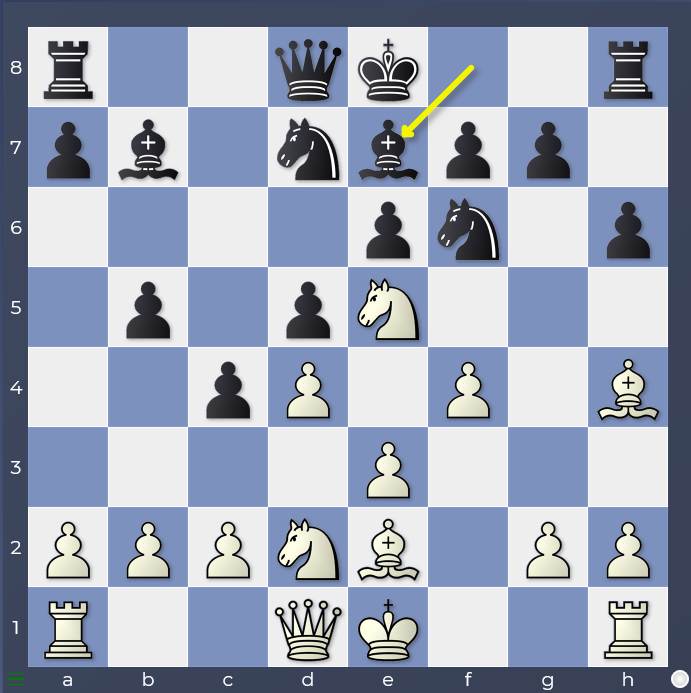
when I will have the trusted idea of …Nxx at some stage to break the pin. This would most likely be how I would naturally play if I chose 7…c4 and 8…b5. The engines assess this as just a teeny edge for White (0.08) 11. O-O O-O 12. a3 a5 13. Qe1

13…Ne8
One of two engine favoured approaches in this position. This plan, offers the exchange of bishops and prepares to redeploy the knight to the strong d6-square from where it eyes e4 while supporting the advance of Black’s queenside pawns. It also frees the way for …f6 to challenge the white knight on e5. Note that this plan is only effective without the preliminary exchange on e5! 13… Ne4 is not a great idea right now because of 14. Bxe7 Qxe7 15. Nxe4 dxe4 16. a4.
14. Bxe7 Qxe7 15. g4 Nd6 16. c3 b4 17. Rf2 bxc3 18. bxc3 Rab8 19. Rg2 Ba8 20. h4 Rb2
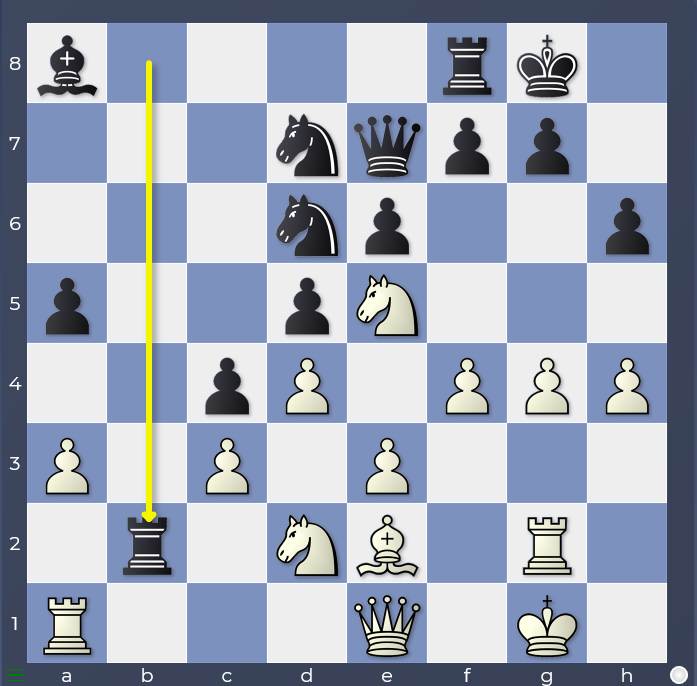
In a human game, the game would start getting tense… for engines, they are already reaching the point of 0.00 boredom 🙂 In any case, Black is well-organised against any White pushes on the kingside and the rook on b2 helps restrict White’s movement a little as well!
10. f4 a5
Although 10…a5 is Stockfish’s and Leela’s main line, they also consider more cautious lines like 10…Qc7 and 10…Bb7, sidestepping the sharpness of allowing the e4 push, to be approximately equal. Once again, I would most likely select one of these moves if I was playing this line as Black as 10…a5 looks very fraught, and I can’t really work out why I would want to allow e4! 10…Qc7 11. O-O a5 0.00 according to Stockfish! 12. a3

The engines tend to want to play this move (and often c3 as well) before undertaking any action. I’m not clear on the exact reasons, but it seems the engines are not particularly excited about White’s attacking options (even though they seem reasonably threatening to human eyes!). They thus want to play consolidating moves they consider necessary before choosing a concrete plan of action. In particular, they want to hold off with g4 until Black has castled kingside. 12…O-O 13. g4 Nh7 14. Ndf3 f6 15. Ng6 Rf7 16. g5 hxg5 17. fxg5
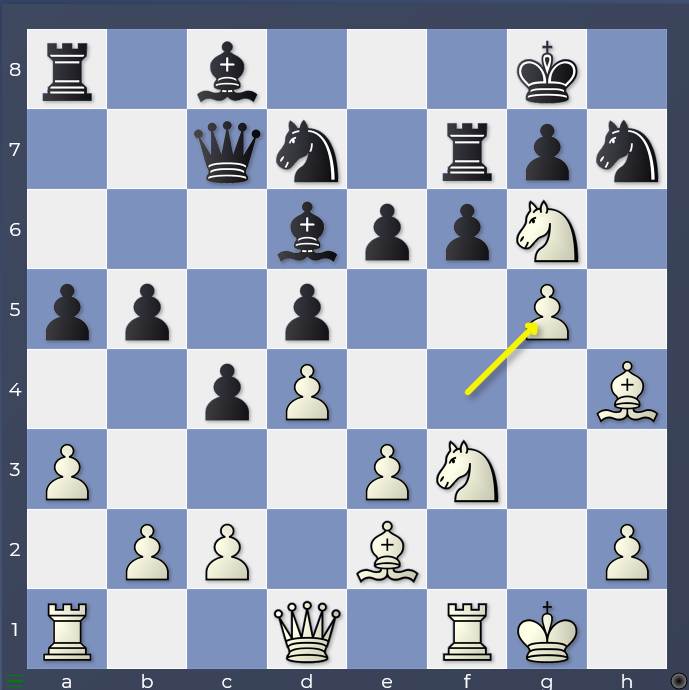
is where an engine game between Torch and Stockfish was agreed drawn! It’s clear the situation in a human game would be pretty tense and I’m not sure I’m really feeling this for Black to be honest! The fundamental point is that Black’s space expansion on the queenside is preventing White from attacking freely… but of course it can still feel unpleasant to be attacked at all!
Back to the main line 10…a5 now!
11. e4 g5
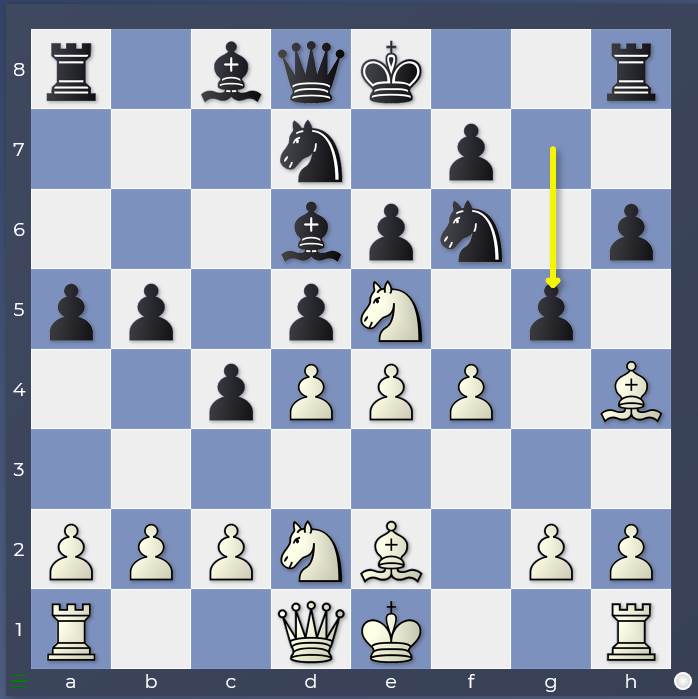
Here we go! The crisis that the engines are very happy to provoke!
11… dxe4 12. Nxe4 is a slight advantage for White according to the engines. 12…Be7 13. Nxf6+ Bxf6 (13… Nxf6 14. a4 undermines the queenside again) 14. Bxf6 gxf6 Attacking the knight on e5 with this recapture takes away the time White needs to play a4. 15. Bf3 Ra6 16. Ng4 with a complicated middlegame which the engines prefer slightly for White, presumably partly due to White’s safer king prospects.
12. Bg3 Nxe4
The best move. 12…dxe4 is not too bad, but since the f-file will be opened soon by fxg5, it makes sense to avoid having a target on that file! Exchanging the knight also opens the d8-h4 diagonal for the black queen to get involved in the defence of the black kingside.
13. Nxe4 dxe4 14. Bh5 O-O 15. Nxf7
I guess that this is the attraction of this line for a prepared Black player: White is forced to play very energetically to maintain the balance. A routine move like 15.0-0 is met by 15…f5 which the engines assess as -2.36!! However, the downside is that White’s energetic approach leaves the black king looking very open!
15…Rxf7 16. Bxf7+ Kxf7 17. O-O Ke7
That’s not an easy move to guess over the board! Obviously the king prepares to run away from the opened kingside but it does lave a lot of gaping air there for the white queen to exploit and it isn’t clear how easy it is for the king to run!
17… Kg7 18. fxg5 is slightly better for White according to Stockfish after 18…Bxg3 19. gxh6+ Kxh6 20. Qg4
18. Qh5 Bb7 19. fxg5
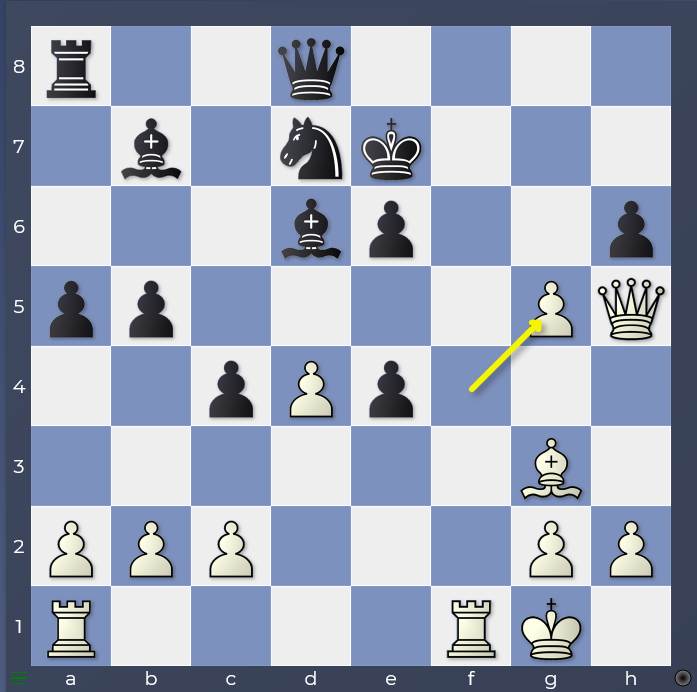
19. Qxh6 Qh8 20. Qxg5+ Qf6 is a huge advantage for Black (-1.79) according to the engines. Once the queens are off, Black’s two bishops and huge queenside space advantage will come into its own despite White’s satisfactory material balance (rook and 2 pawns for knight and bishop)
19… Bxg3
Freeing an escape square for the black king to the queenside!
20. hxg3 hxg5 21. Qxg5+ Kd6 22. Qf4+ Ke7
22… Kc6 was my thought to get the king as far away from danger as possible, but it does ship a couple of extra pawns. The engines assess the position as equal after 23. Qxe4+ Kc7 24. Qxe6 Qg5 25. Rf7 Rd8 26. Qe1 Rh8 27. Qe6 Rd8 28. Qe1 Rh8 with a very engine-y draw by repetition!
23. Qf7+ Kd6
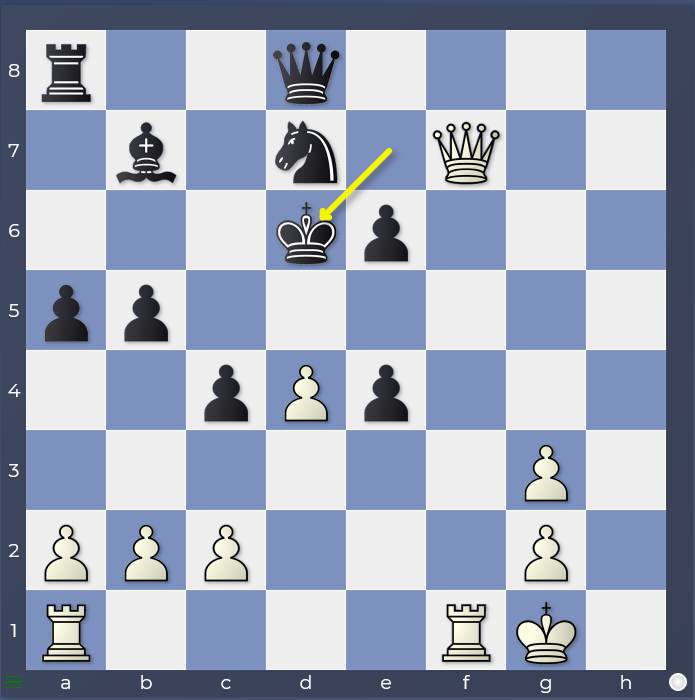
and the engines see nothing better than a draw by repetition after a huge amount of analysis. Black’s threat is to consolidate his position with …Bd5 and then activate his queen and rook after which White’s position no longer looks very impressive!


